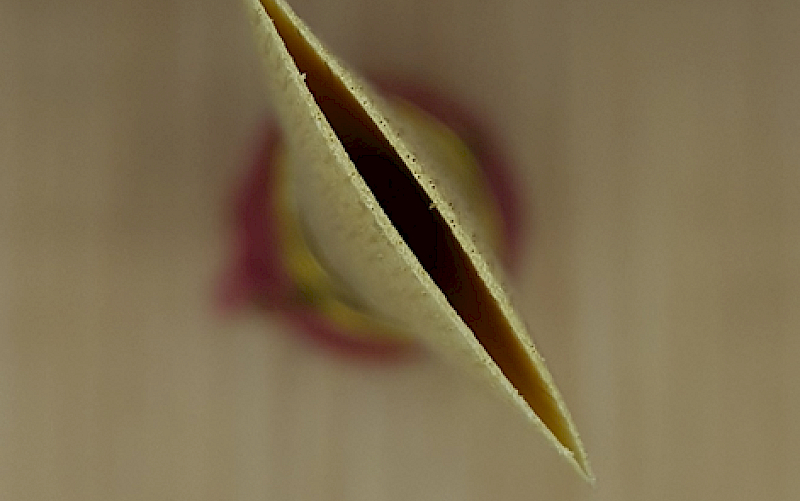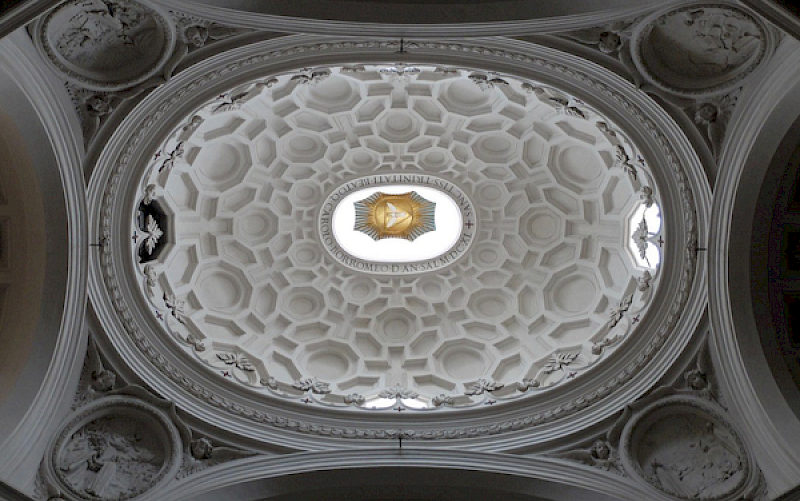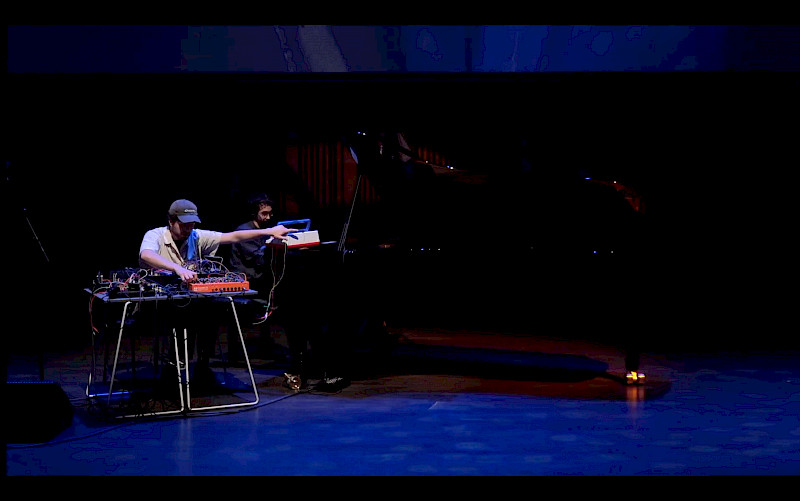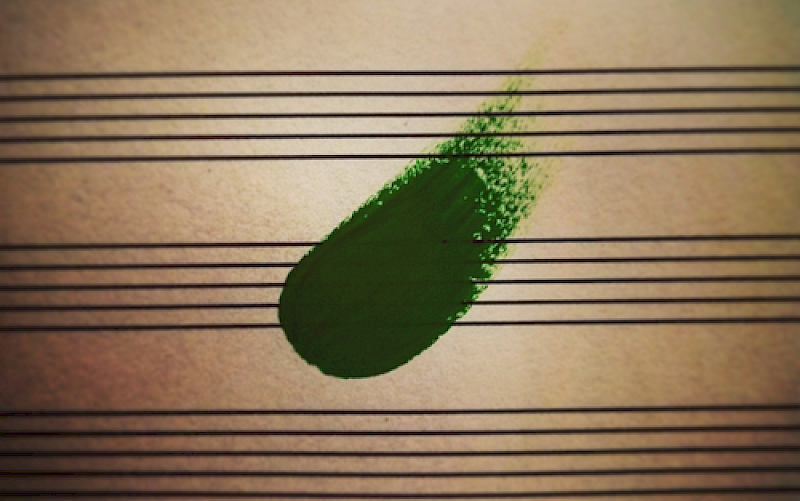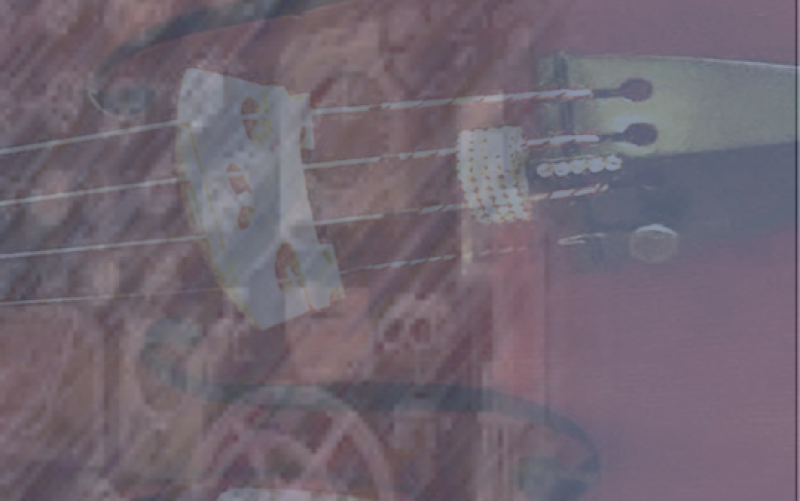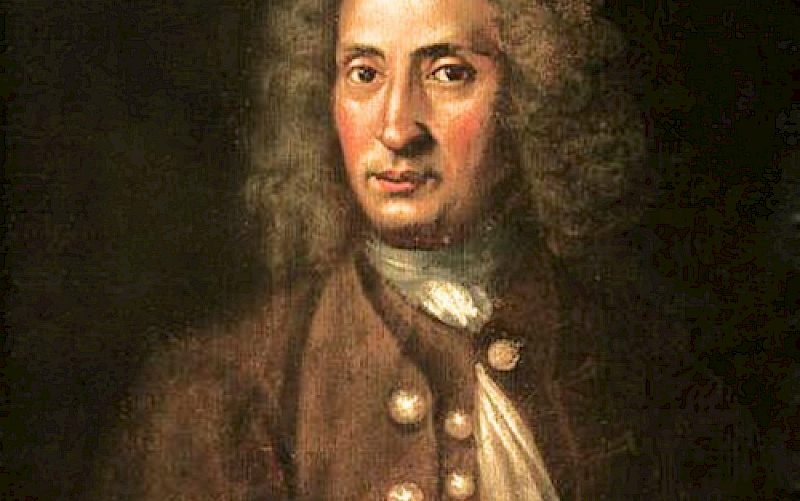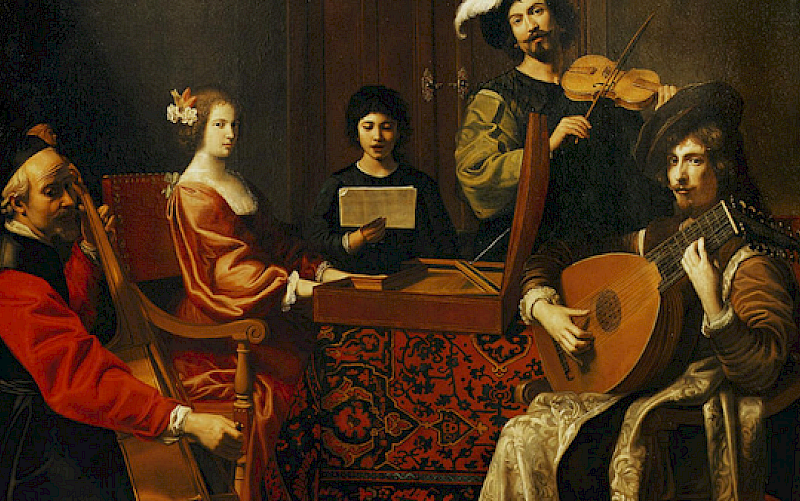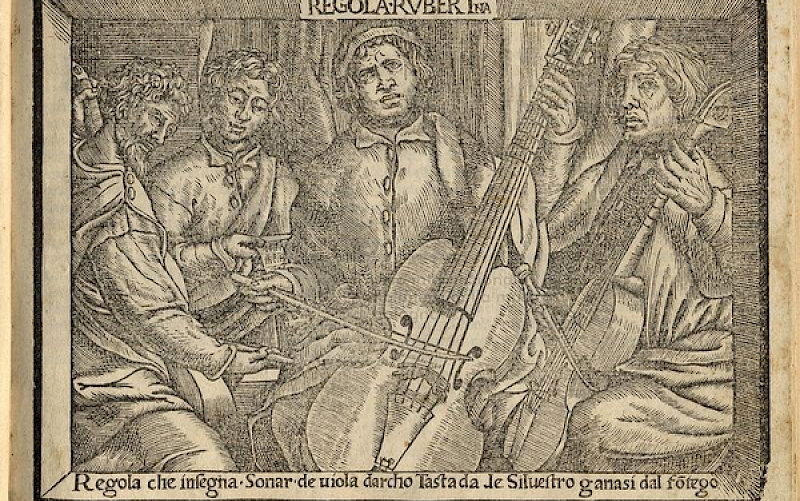
Fast Notes!
The purpose of this research is to investigate the different ways of articulating fast passagework on the dulcian in repertoire spanning the period ca.1550 until ca.1700. Prior to 1787, when Etienne Ozi published his first edition of the Nouvelle Methode de Basson, there are no sources known that specifically discuss articulation or (double) tonguing on bass double reed instruments. When we perform music from this era, we are in the dark as how to articulate highly virtuosic passages. What is preferable: Two-by-two slurring? Slurs over more notes, or maybe the use of some kind of double tongue-stroke? During this research I will focus on primary sources that deal with articulation on various non-reed wind instruments of the period in question, such as the recorder, the cornetto and the trumpet. By studying the indications and recommendations given by masters of the past we can deduce their musical intensions. When we accept these authors as our guides, they may be able to help us imagining what articulation on a double-reed instrument could sound like. The moment we envision this concept, we can start to translate their instructions into articulation on reed instruments. The output is threefold: 1. A paper describing the different ways on how to articulate fast passagework on the dulcian and on the bassoon in a way that matches the souplesse and speed of non-reed instruments. 2. Two compositions written for the dulcian, with added articulation-markings by the author. 3. Video examples clarifying some musical examples. With this project I hope to shed light on practical issues of the performance of highly virtuosic repertoire for dulcian and bassoon from the sixteenth and seventeenth century.
Author: Wouter Verschuren
